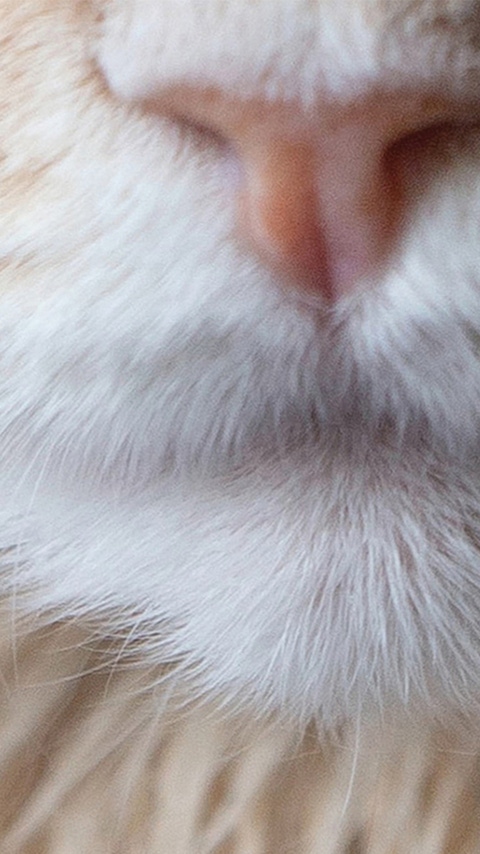Your benefits at a glance
BASF products help to…
- Keep dogs, cats and other companion animals vital and full of energy
- Ensure an optimal supply of vitamins
- Provide them with essential trace elements
- Ensure a long and healthy life

Animal Nutrition
Companion animals are often considered full family members. A nutritionally balanced diet thereby is key contributing to longevity and a healthy life.
Beyond that, odor, consistency, taste and learned eating habits often play a role. The best feeding method is one that maintains optimal body weight and condition. Well-balanced feed contains all the necessary nutrients to strengthen the animal´s immune system, keep their digestive system working properly and ensure a shiny and healthy coat. Our high-performance feed ingredients contribute to the fitness and vitality of dogs, cats and other pets so they may spend many years as part of the family.
Your benefits at a glance
Learn more about our solutions for companion animals
Find your products for companion animals
You could also be interested in

